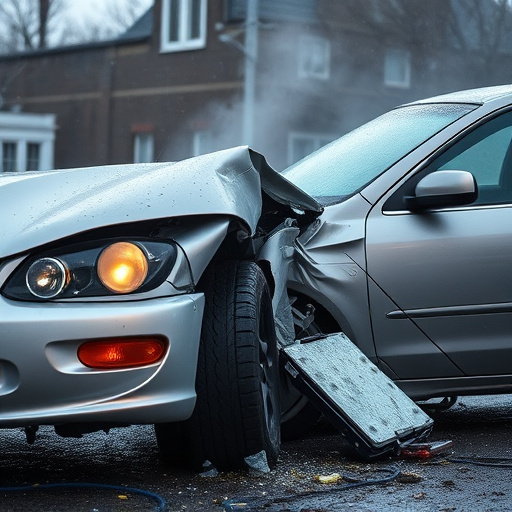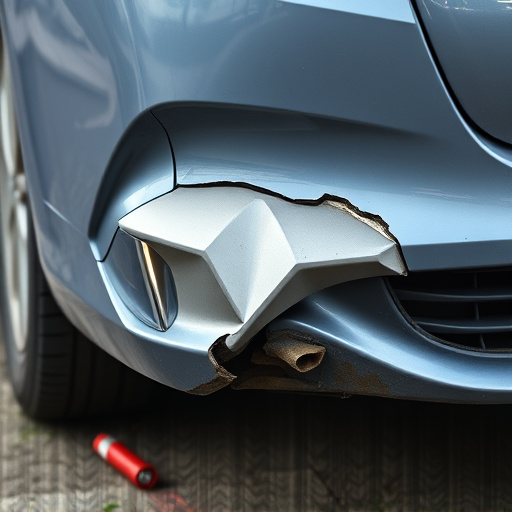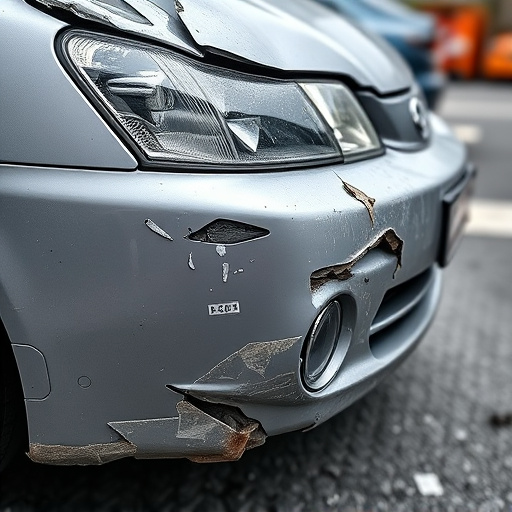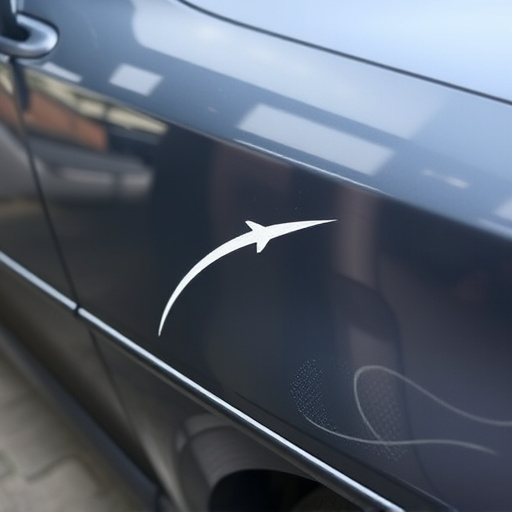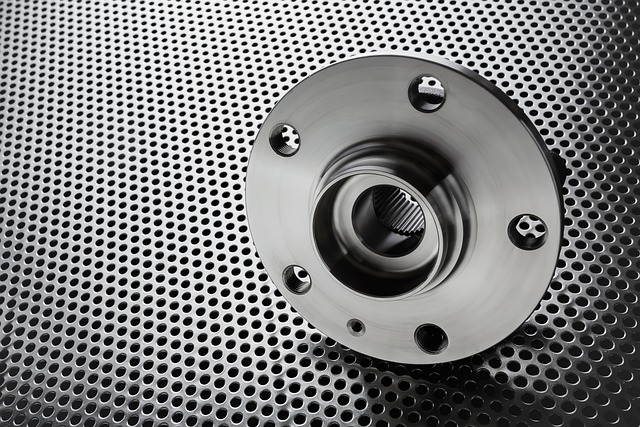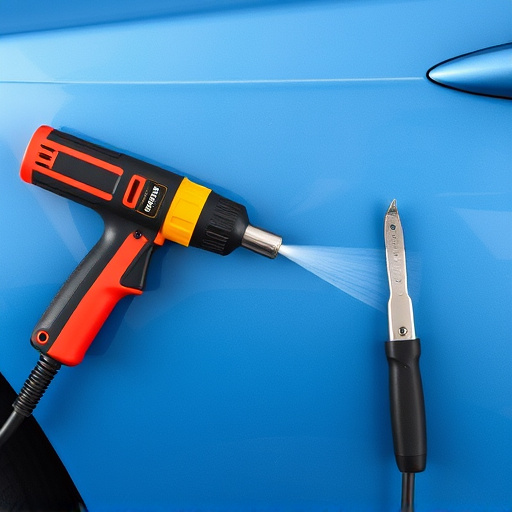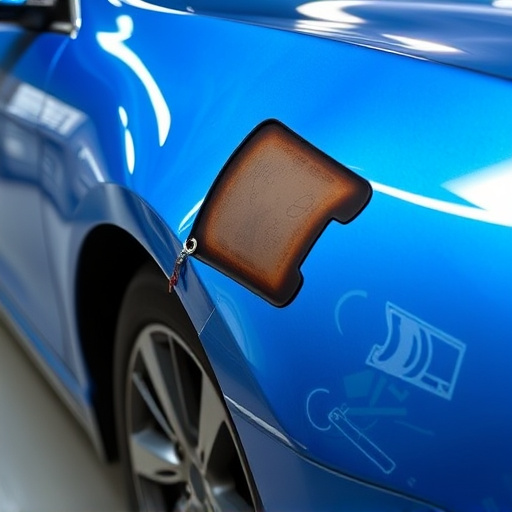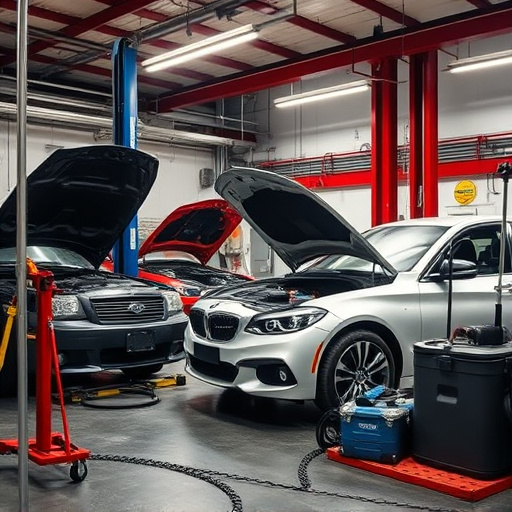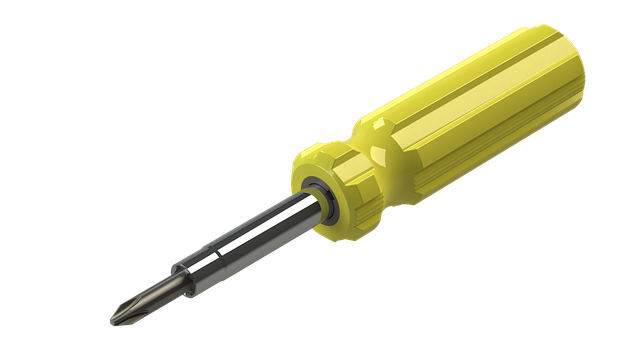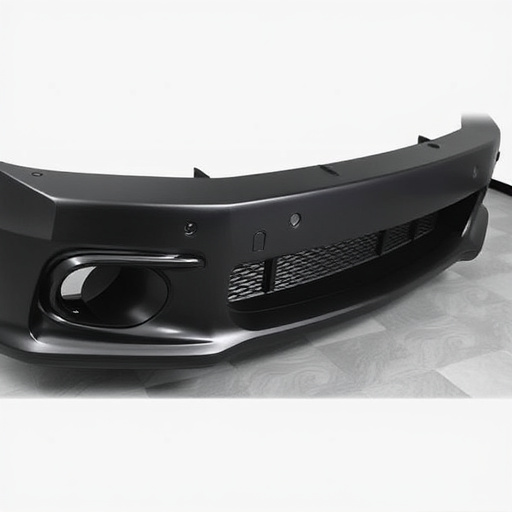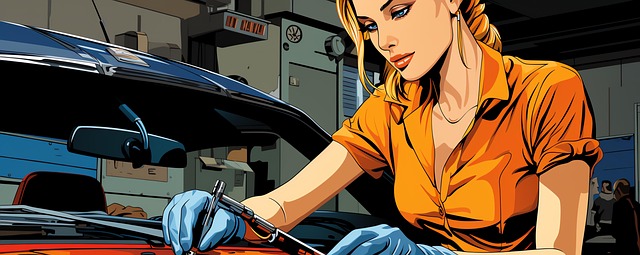Crash damage repair meticulously restores vehicles to pre-accident condition through advanced inspection, specialized techniques, and precise tools. Timeline varies based on damage severity, part availability, and complexity (7-14 days for simple fixes to several weeks for intricate work), aiming for 3-6 week reinstatement post-collision with clear communication and weather considerations.
In the aftermath of a collision, understanding the timeline for crash damage repair is crucial. This comprehensive guide navigates the standard repair process, shedding light on each stage from assessment to completion. We explore typical timing expectations and uncover factors that can influence overall turnaround. By familiarizing yourself with these insights, you’ll be better equipped to manage your vehicle’s restoration after a crash, ensuring a smoother journey towards full functionality.
- Understanding Crash Damage Repair Process
- Typical Timing for Each Repair Stage
- Factors Affecting Overall Completion Time
Understanding Crash Damage Repair Process

The crash damage repair process involves several meticulous steps aimed at restoring a vehicle to its pre-accident condition. It begins with a thorough inspection to assess the extent of the damage, which includes both visual evaluations and advanced diagnostic techniques. This initial phase is crucial as it sets the foundation for the subsequent repair work. Once the scope of repairs is determined, the auto repair shop proceeds with specialized car body repair techniques tailored to different types of damage—be it dent removal, panel replacement, or structural reinforcement.
The heart of crash damage repair lies in ensuring precision and accuracy throughout. Skilled technicians use advanced tools and equipment to perform these repairs, whether it’s a simple paint job or complex metal fabrication. Vehicle body repair methods vary based on the severity of the accident, with some cases requiring intricate alignment adjustments to maintain optimal vehicle performance after the crash. The ultimate goal is not just to fix the physical damage but also to guarantee the safety and reliability of the auto, making it as good as new.
Typical Timing for Each Repair Stage

The timeline for crash damage repair can vary depending on several factors, including the severity of the damage, the availability of parts, and the complexity of the repairs required. However, understanding the typical timing for each stage of the process can help car owners set realistic expectations.
Initially, after a collision, an assessment is conducted to determine the extent of the damage. This step usually takes 1-2 days as specialists inspect the vehicle thoroughly. Once the assessment is complete, the repair process begins with more straightforward fixes like body panel replacements and paintwork, which can be accomplished within 7-14 days. More intricate repairs, such as engine or transmission work in a classic car restoration, may extend this timeline by several weeks. In most cases, a car repair shop aims to have the vehicle back on the road within 3-6 weeks post-collision, ensuring both safety and quality in crash damage repair services.
Factors Affecting Overall Completion Time

Various factors influence the completion time for crash damage repair services, ensuring that every vehicle receives the meticulous care it deserves. One of the primary considerations is the extent of the damage itself—major structural issues or complex panel replacements will undoubtedly take more time than minor scuffs and scratches. The complexity of the repair process varies greatly depending on the car model and its unique design features. For instance, modern vehicles with advanced safety systems might require specialized tools and techniques to ensure proper alignment during repairs, extending the timeline.
Additionally, the availability of replacement parts plays a significant role in timely completion. Car body shops need to source authentic, fit-on parts, which can sometimes lead to delays. Weather conditions also come into play, as adverse weather may impact drying times for paints and adhesives, causing slight postponements. Efficient communication between customers and repair specialists is another critical aspect; clear expectations and regular updates ensure that everyone is aligned, helping to manage timelines effectively.
Crash damage repair is a meticulous process that involves several stages, each with its own timeline. Understanding these timelines and the factors influencing them is key to managing expectations during the restoration of your vehicle after an accident. By knowing what to expect at each step, you can navigate the crash damage repair process with confidence, ensuring a timely and high-quality outcome.
